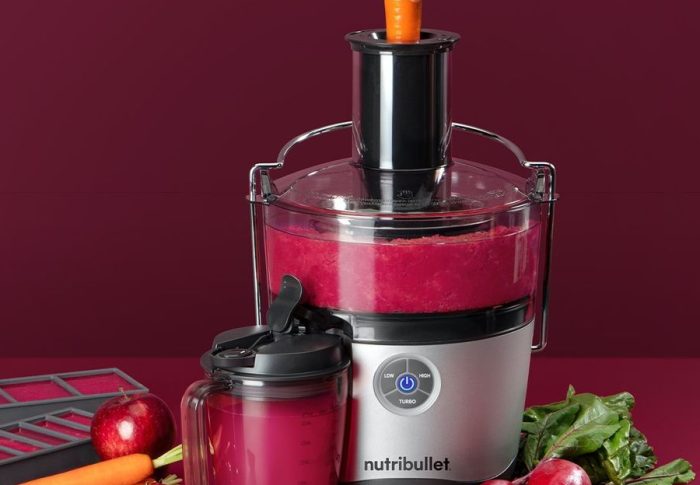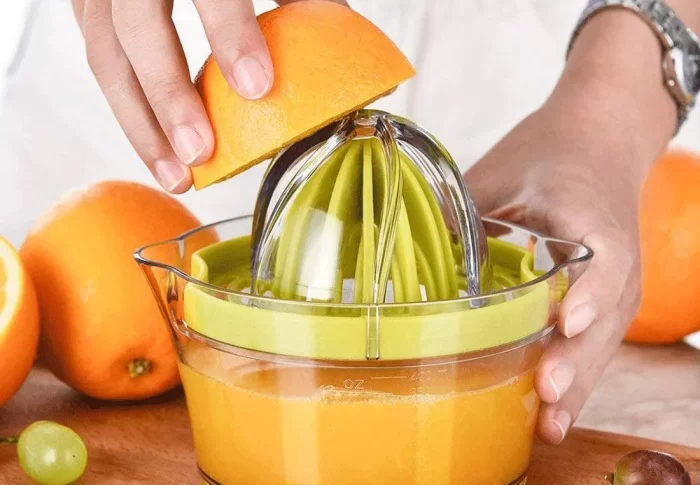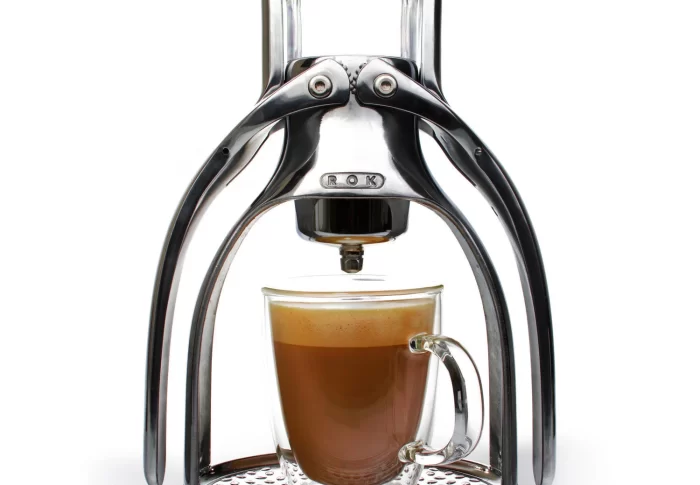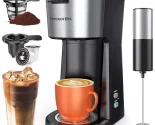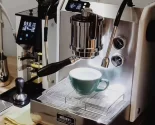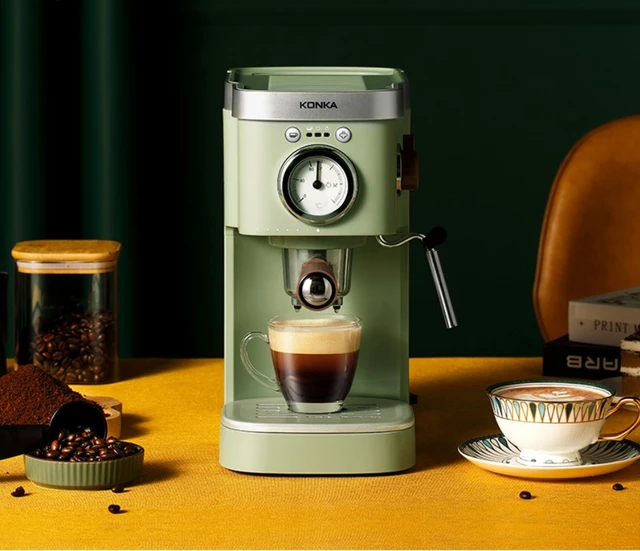
Is espresso machine same as coffee maker?
Introduction:
Espresso machines and coffee makers are two popular appliances used to prepare coffee, but they serve different purposes and offer unique features. While both machines are designed to brew coffee, their methods and resulting beverages differ significantly. This article aims to highlight the distinctions between espresso machines and coffee makers, exploring their functions, brewing methods, types, and advantages.
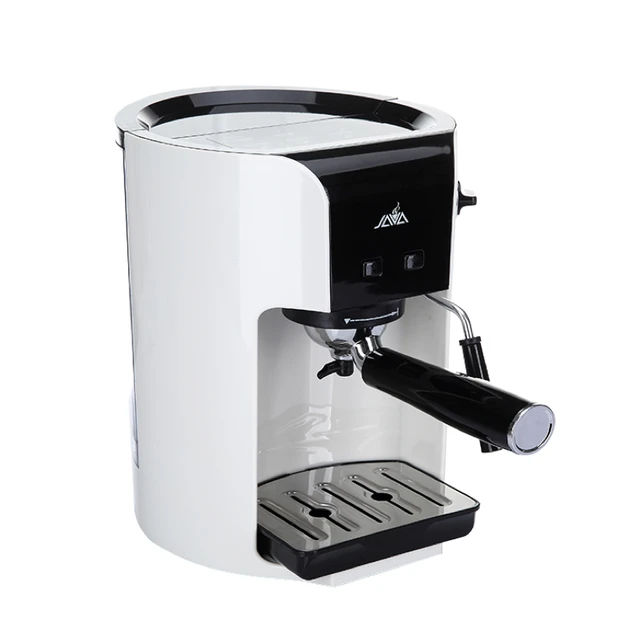
Is espresso machine same as coffee maker?
I. Functions:
Espresso Machine:
Espresso machines are primarily used to make espresso, a concentrated and strong form of coffee.
These machines are designed to extract the flavor and aroma from finely ground coffee beans using high-pressure water.
Espresso machines often come with a milk frother to prepare popular espresso-based drinks like cappuccinos and lattes.
Coffee Maker:
Coffee makers are versatile appliances that can brew different types of coffee, including drip coffee, pour-over, and French press.
They are used to prepare larger quantities of coffee suitable for multiple servings.
Coffee makers may have additional features like programmability, built-in grinders, and thermal carafes.
II. Brewing Methods:
Espresso Machine:
Espresso machines employ the “espresso” brewing method, which involves forcing hot water (about 195-205°F) through finely ground coffee at a high pressure (typically 9 bars).
The water passes through a compacted bed of coffee, resulting in a small, concentrated shot of coffee with a rich crema on top.
This method ensures a robust extraction of flavors and oils from the coffee grounds, delivering a strong and intense beverage.
Coffee Maker:
Coffee makers generally use the “drip” or “pour-over” brewing method.
In drip brewing, hot water is poured over a filter containing coarser coffee grounds, allowing water to flow through and extract flavors gradually.
Pour-over brewing involves manually pouring hot water over coffee grounds in a controlled manner, allowing for precise extraction.
These methods produce a larger quantity of milder coffee compared to espresso.
III. Types:
Espresso Machine:
Traditional Espresso Machine:
These machines require manual control and skill to operate, allowing baristas to have full control over the extraction process.
They often have lever handles to activate the brewing process.
Automatic Espresso Machine:
These machines automate the process of making espresso, regulating the water temperature, pressure, and extraction time.
They offer convenience and consistency in brewing, suitable for home use.
Automatic espresso machines are user-friendly and often come with programmable settings for different coffee strengths.
Coffee Maker:
Drip Coffee Maker:
Drip coffee makers are the most common type, found in many households.
They feature a water reservoir, a filter basket, and a carafe to collect the brewed coffee.
Some models have programmable timers, allowing users to wake up to freshly brewed coffee.
French Press:
French press coffee makers use a plunger system to steep coarser coffee grounds in hot water.
This method produces a full-bodied and rich coffee with a sediment-free texture.
IV. Advantages:
Espresso Machine:
Speed and Convenience:
They are ideal for those who want a strong and flavorful coffee shot without waiting for a long brewing time.
Versatility:
Espresso machines offer the possibility of preparing various espresso-based drinks, such as macchiatos, Americanos, and mochas.
The attached milk frother allows for the creation of creamy milk foam, essential for popular espresso beverages.
Coffee Maker:
Quantity:
Coffee makers are suitable for brewing larger quantities of coffee, making them perfect for households or offices with multiple coffee drinkers.
They can brew a full pot of coffee (usually 8-12 cups) at once, catering to the needs of a group.
Ease of Use:
Coffee makers are generally more user-friendly, requiring minimal effort to operate.
Some models offer programmable features, allowing users to set the brewing time and wake up to freshly brewed coffee.
Conclusion:
While both espresso machines and coffee makers serve the purpose of brewing coffee, their functions, brewing methods, types, and advantages differ significantly. Espresso machines focus on producing concentrated shots of coffee with rich flavors, while coffee makers cater to the need for larger quantities of milder coffee. Understanding these differences can help individuals choose the most suitable brewing method for their preferences and requirements.


